Page Contents
Digital marketers are constantly wandering about what e-commerce metrics they should be measuring. These metrics enable you to ensure the success of your marketing efforts. The more you pay attention to them, the better you can establish a foothold in your business. Two of these important metrics are click-through rate and conversion rate. Which one can help you measure the success of your marketing campaigns? Which one is more important? What’s their difference? Which one should you put your focus on? How to calculate them? We’re going to answer these questions and everything you need to know about click-through rate and conversion rate in this article.
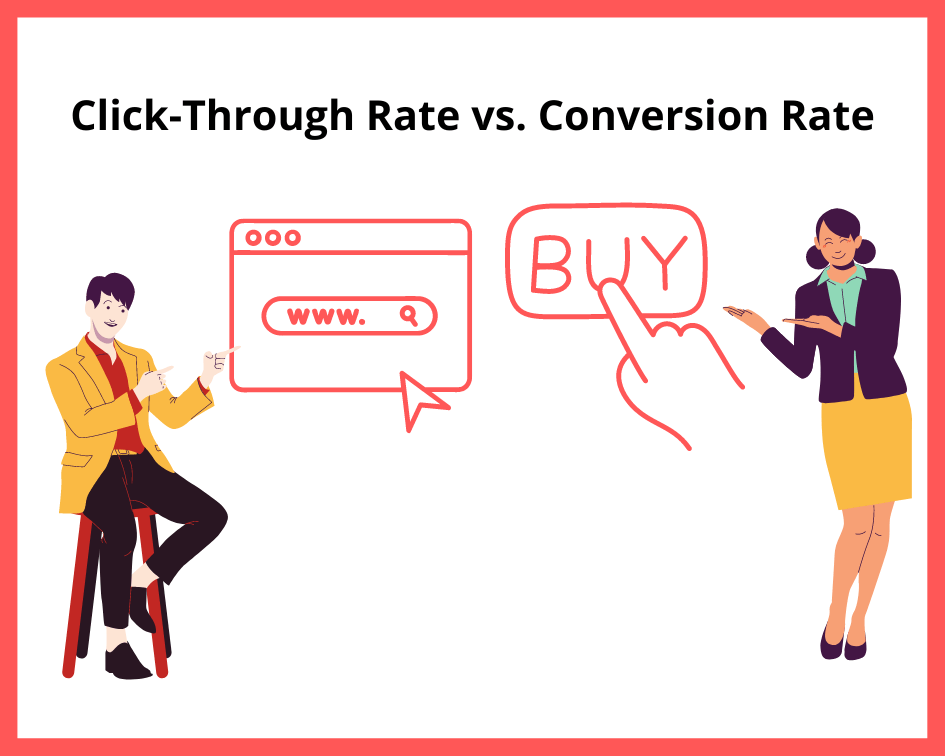

What Is Conversion Rate?
Conversion rate is the percentage of visitors who complete a desired task on your website out of the total number of visitors. Keep in mind that you should measure both micro-conversions and macro-conversions since they’re both important for your business’ growth.
To better understand the power of conversion rate, imagine your site receives 5000 visitors per a month; if it gives you 50 leads, your conversion rate would be 1%, and it’s okay, but if you want to get 100 leads, the conversion rate needs to double which is 2%. Converting 1% to 2% doesn’t like pulling teeth out of context but going from 50 to 100 is progress.
What Is the Conversion Rate Formula?
Generally, to calculate the conversion rate, you should divide the total number of conversions by the total number of visitors and then multiply it by 100. You can use this formula to measure any type of conversion. Here are two examples of conversion rate formula:
- Conversion Rate = Total Number of Leads/Total Traffic to Site x 100
- Conversion Rate = Number of Sales / Total Number of Visitors x 100


Why Is Conversion Rate Important?
For lots of marketers, conversion rates are the most important metrics since they directly affect their revenue. Conversion rates are also important because they are essential for measuring the success of marketing campaigns.
What Is a Good Conversion Rate?
You may ask yourself, “what is a good conversion rate?” To be honest, there is no clear answer to this question because conversion rates differ from industry to industry and channel to channel. However, the average conversion rate among all these industries is between 2% and 5%.
Keep in mind that an average conversion rate is not a good conversion rate. A good conversion rate is higher than 10%. For example, although the average landing page conversion rate is 2.35%, your biggest competitors are converting at 11.45% or higher.
Note: Want to be better than your competitors and increase your conversion rate? WatchThemLive is a behavior analytics tool that helps you enhance your conversion rate with valuable features such as heatmaps and session recordings. For example, by using heatmaps, you can determine if your CTAs are getting enough clicks or if they’re distracted by something else. Or you can understand what content on your website is attracting more attention, so you can create more content like that. Try WatchThemLive’s heatmap now!
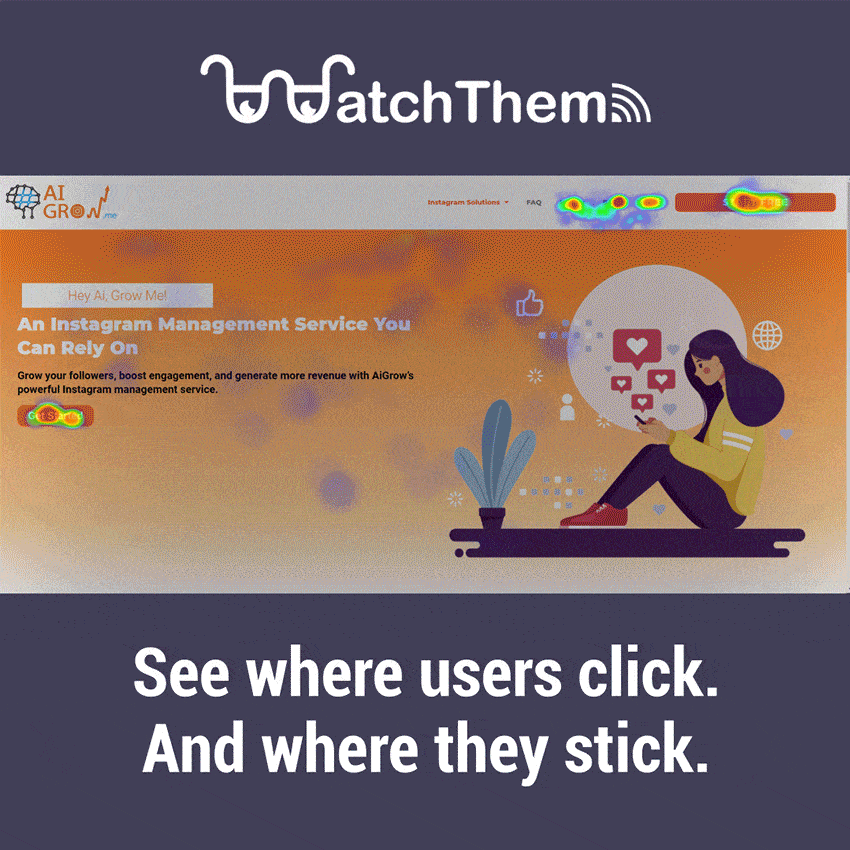

What Is Click-Through Rate (CTR)?
CTR, which stands for Click Through Rate, shows the percentage of people who click on an advertisement to visit a website or landing page by the total number of impressions.
CTR enables you to understand whether your ads are relevant and worthy of clicks by your target audience or not. It is not easy to persuade people to click on your ad. Your visual design can be an effective factor in impacting every click of your page. For example, the better you create your CTAs, the more your visitors click on them.
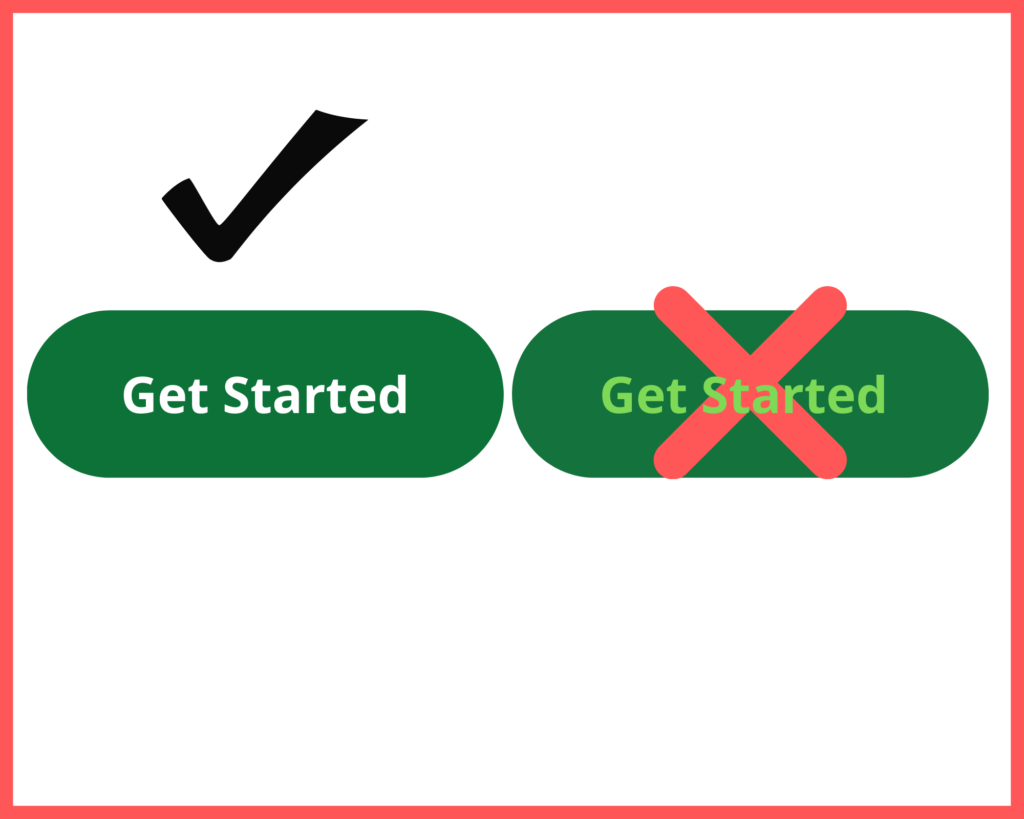

What Is the Click-Through Rate Formula?
You can calculate the click-through rate by using a simple formula; Let’s say you have 100 clicks on your ad, but 1,000 visitors saw it. Your CTR is:
CTR = (100 (Clicks) / 1,000 (Impressions)) x 100 = 10%
Your CTR will be 10%.
Easy, right? You only divide the total number of clicks on the ad by the total number of impressions.

Why Is CTR Important?
CTR is a very important metric to keep an eye on because it tells you how well your keywords and ads are performing. It also helps you reach your correct target audience.
Another important reason for measuring click-through rate is because it directly affects the quality scores. Google cares about the user’s overall experience and rewards advertisers by showing the most relevant ads.
What Is a Good Click-Through Rate?
To be honest, there is no exact number in relation to measuring a good CTR. The results of every business are different; however, the average click-through rate is 2%. This number depends on different factors such as your CTAs, keywords, and visual design. Moreover, the average CTR for search ads is 3.17%, and it is 0.46 for display ads. Eventually, the total average for both of them is 1.9%.
Click-Through Rate Vs. Conversion Rate
A high click-through rate is an indication that users find your ads helpful and relevant. It also signifies relevant targeting for an advertising campaign. Let us make it clear with an example: imagine you want to buy fresh flowers for your partner. When you type fresh flowers in the google search bar, two ads appear on your screen. The first ad says, “Fresh flowers buy locally”; the second ad says, “Red roses, buy online.” Although both of these ads are similar, you are more likely to click on the ad that mentions your original search term of “Fresh flowers.”
The point is a high CTA means a high-quality score which means a higher ad position and lower cost per click. It also impacts your Google Ads search campaigns because it improves your quality score.
If you have a low CTR, it shows the target audience you reached is the wrong one, or the words of your content are not good enough because you couldn’t convince them to click.
Conclusion
In this guide, we have discussed conversion rate vs. click-through rate. Both CTR and conversion rate are important for a business, but it’s better to track CTR in relation to business goals. Instead of optimizing clicks, optimize the metric that indicates the value of your business, like sign-ups or conversion rate. Want to enhance your conversion rate? Sign up to WatchThemLive now.

